Multi-layer blown-molded glass
Hammered background
Decor in reserve acid-etched and wheel-etched
Perfect condition
Signed on the foot "Daum Nancy"with the Cross of Lorraine
France
circa 1905-1910
height 47 cm
diameter of base 13,2 cm
our web catalog link :https://galerietourbillon.com/daum-vase-a-decor-de-fleurs-de-tabac/ Galerie Tourbillon : Free valuation - Buy and Sell at best prices
Biography :
The French Company of crystal Daum was a glassworks factory foundedby the Daum brothers in 1878 in Nancy, in Lorraine region. The workshops of the Daum brothers, Auguste (1853-1909) and Antonin(1864-1930), trained some of the great names of Art Nouveau like JacquesGruber, Henri Bergé, or Almaric Walter Schneider brothers.Following the 1870 war, Jean Daum(1825-1885), notary in Bitche, sold his totary office and opted for France. Hemoved to Nancy in 1876 and lent money the same year several times to Avril andBertrand, owner of the Nancy St. Catherine glassware factory, that producedbottles and ordinary glassware. The company didn't its financial equilibriumand Daum was then forced to buy itin 1878 and became head of a company of 150 workers in an area that he knowsnothing about. In 1878, Jean Auguste associated his son, but he didn't know thefirst success of the company. At his death, in 1885, Auguste took only the direction of the glass company before beingjoined in 1887 by his brother Antonin,just graduated from the Central School of Arts and Manufactures of Paris. Giventhe poor financial health of the company, Auguste, who followed legal training,was forced to take the leadership. Antonin began beautify common wares.Familiar with the techniques of glass by training, he directed production toartistic creation. The brothers prepare, between 1889 and 1891, the establishmentof an art department that was entrusted to Antonin. Auguste gave him all means towork to follow as previously did Emile Gallé in the Art Nouveau glassware.Antonin Daum began with some simplemodels to continue rapidly with acid etching, then made models using wheeletching techniques, glasses made with two or three layers. From 1890 to 1914, hecreated about three thousand references.Jacques Gruber was the first artist of the glassware company. Recruited in 1893,he was entrusted with creating works to appearat the Chicago World Fair of 1893. It was the first major success thatpropelled Daum in the closed circle of the art industries. Daum brothersearned participation in the Nancy exhibition in 1894. Then there was theexhibition of Lyon (1894), Bordeaux (1895) and Brussels (1895 and 1897), duringwhich they received awards. An art school was created in 1897 within thecompany as well as its own designers and engravers. Henri Bergé was decoratorin chief and was the second artist of the company. He was joined by Emile Writzfrom 1898.The consecration of the adventurehappened when the first grand prize for the art glass of the 1900 WorldExposition was awarded to Daum and Gallé. Daum presented pieces carefullyprepared: vases with an insert decor (patent 1899) and lightings that became aspecialty. In 1904, Almaric Walterdeveloped glass paste ware (named "pâtes de verre"), he remained withDaum until 1915.In 1901, the Statutes of the School of Nancy were officially deposited. EmileGallé was the man behind this group and became president. Antonin wasvice-president. Antonin was also one of the personalities of the Chamber ofCommerce of Nancy. It played an important role in 1909 at the InternationalExhibition of Eastern France, which marked the end of the School of Nancy. Augustedied in 1909, Antonin was active until his death in 1930, but shared responsibilitieswith the sons of Auguste : Jean, Henri and Paul. Jean died in 1916, Henri's manager ashis father. Paul was a graduate of the Institute of Physics and Chemistry ofNancy, he gradually took the place of Antonin. Daum ensured after 1918, adapting the business to the newconditions of production, anxious to maintain quality there, the companycontinued to participate in major exhibitions: Barcelona in 1923, InternationalExhibition of Decorative Arts in Paris in 1925, Colonial Exhibition in Paris in1931.In the 1920s, Paul Daum directedproduction to Art Deco to the loss of public interest in Art Nouveau. Demandwas high and successful business. He opened a second crystal factory, "BelleEtoile", in Croismare in 1925 that Paul was the director. It providedwhite glass and balls. Pierre Davesn created models from 1928. Because of theeconomic crisis of 1930, Belle Etoile was closed in 1934. Some large ordersallowed the company to continue production: in 1935, the Transatlantic Company ordered90,000 glass and crystal pieces for the liner Normandy.After World War II, the crystal manufactory took a prominent place under thedirection of Henri and Michel Daum.The eldest grandchildren Antonin Antoine Froissart (1920-1971), an engineerfrom the Ecole Centrale of Paris, was developing the production of aparticularly transparent and bright crystal. This new crystal favored thecreation of parts with thick and soft shapes, and bright appearance. Jacques,grand-son of Auguste, brought new life in 1965 by appealing to contemporarydesigners.


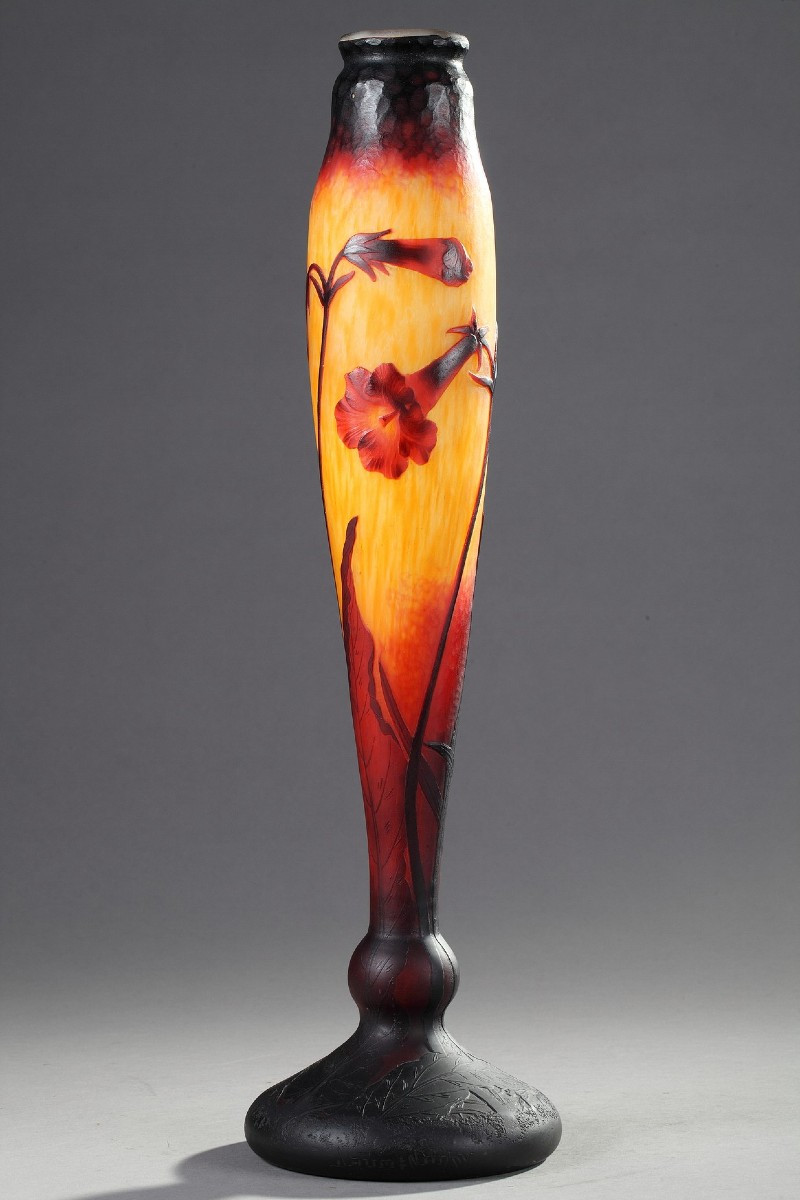
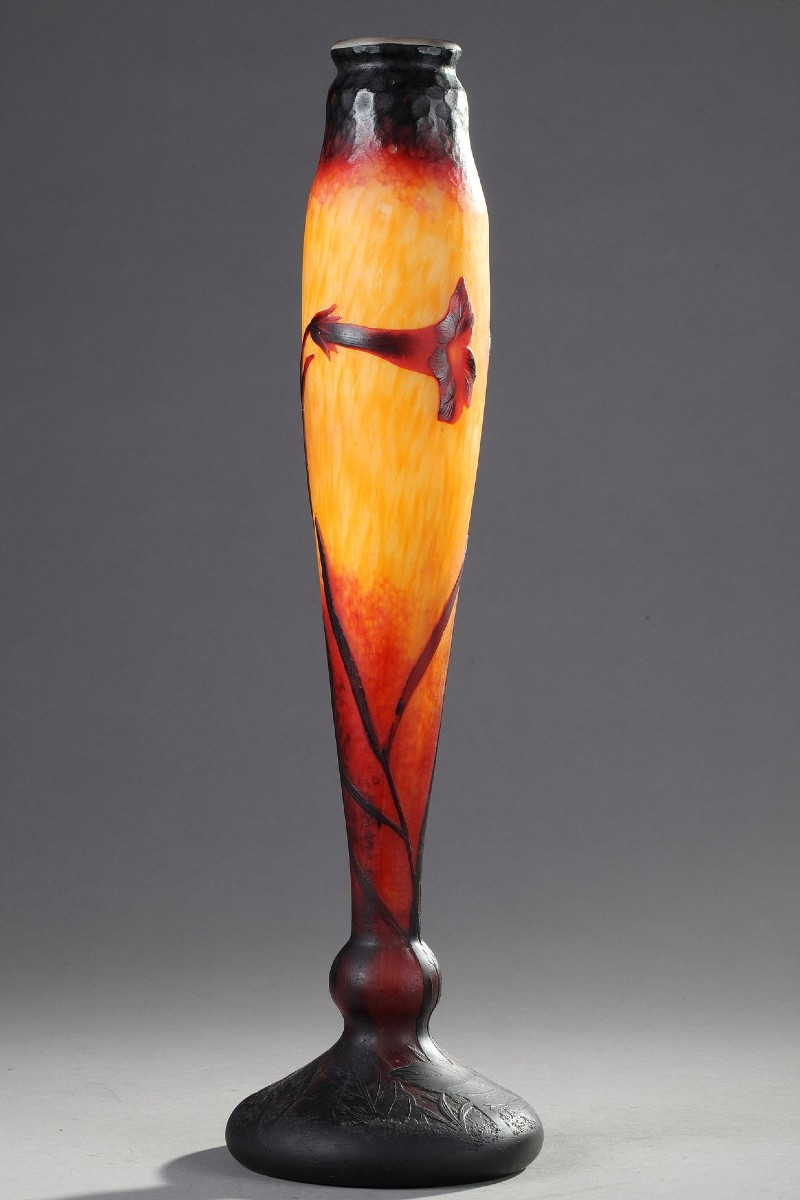














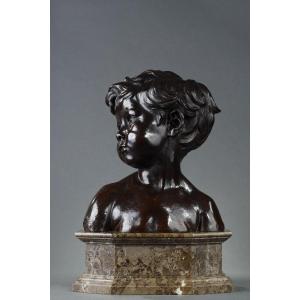


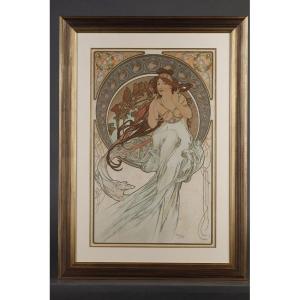
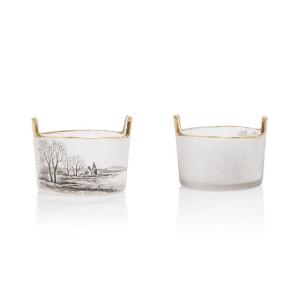
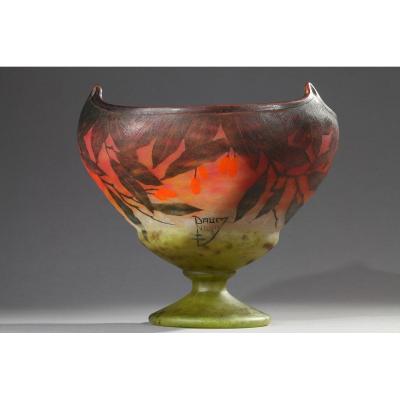




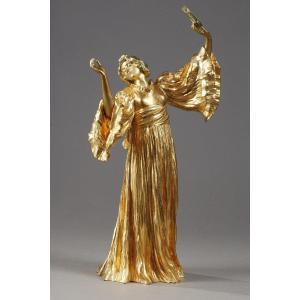



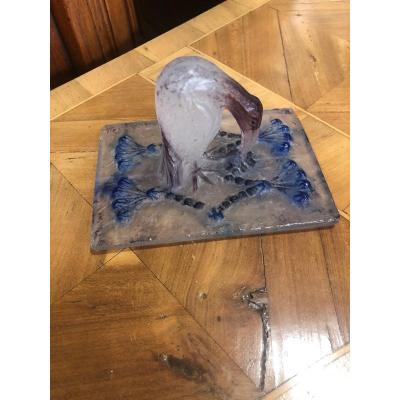
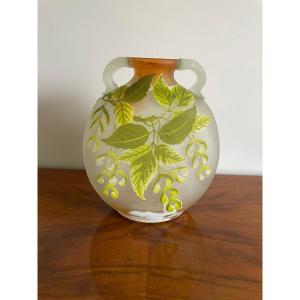



 Le Magazine de PROANTIC
Le Magazine de PROANTIC TRÉSORS Magazine
TRÉSORS Magazine Rivista Artiquariato
Rivista Artiquariato